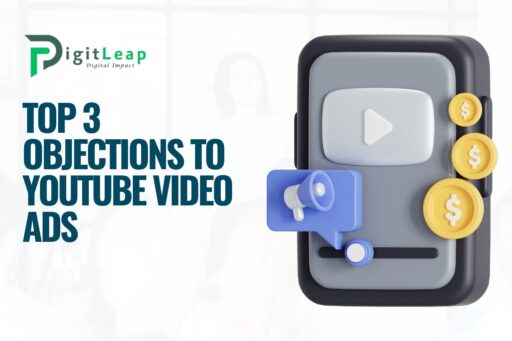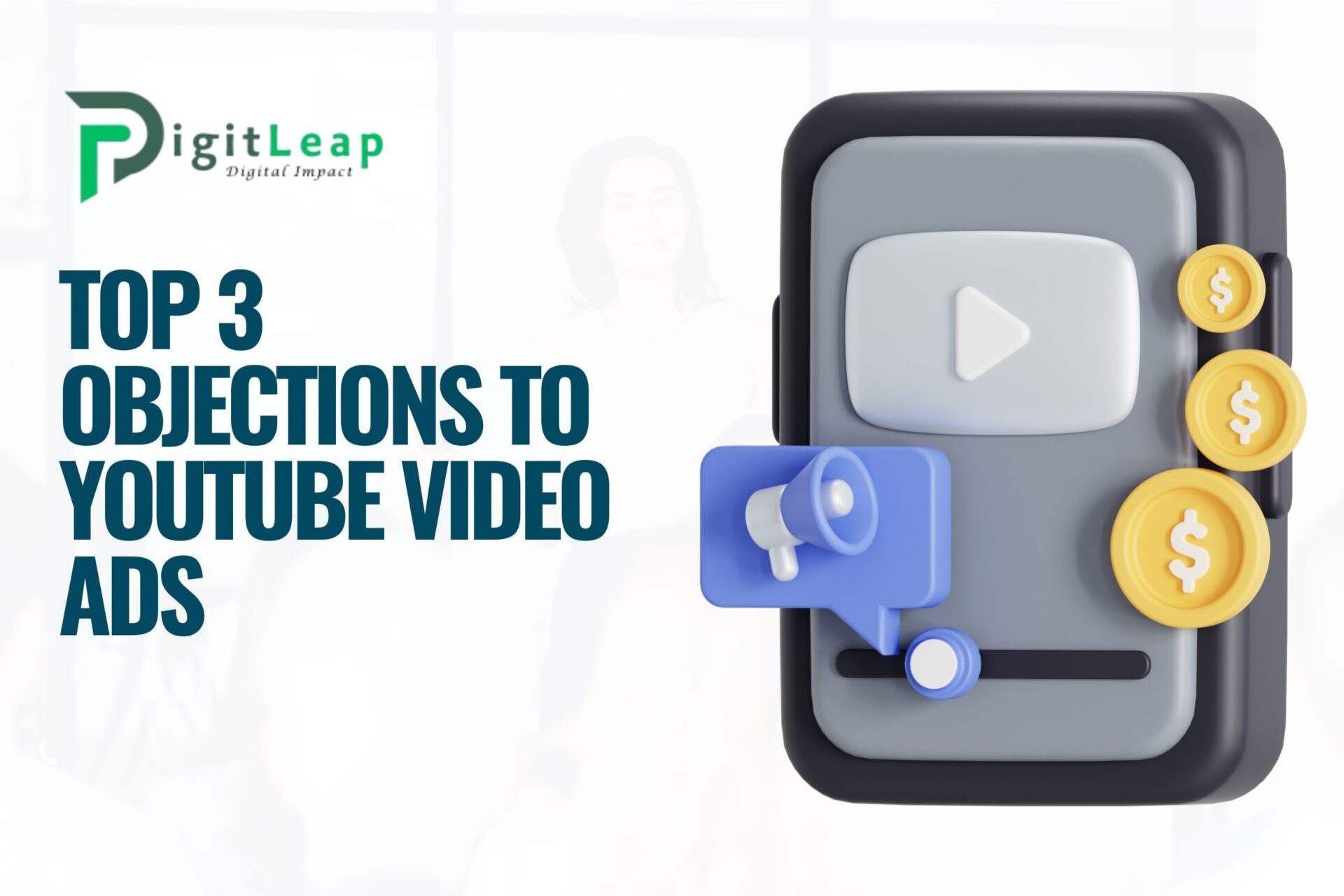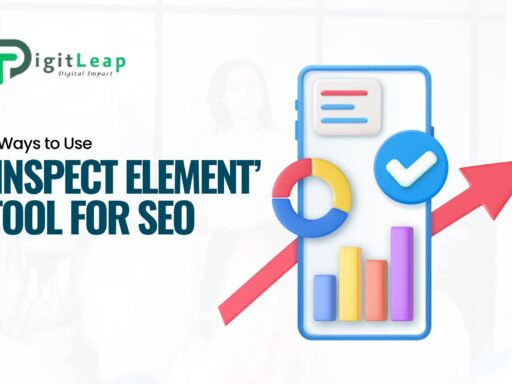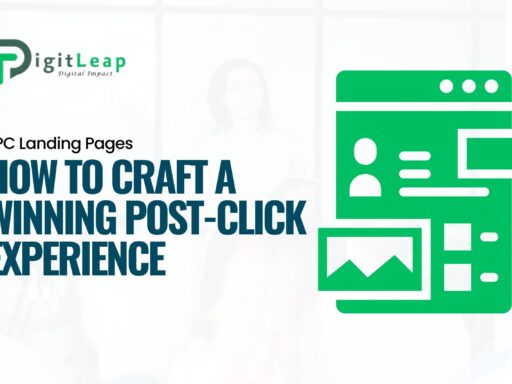How to Overcome the Top 3 Objections to YouTube Video Ads
Advertising on YouTube is a powerhouse for digital marketing, offering direct access to billions of users globally. However, despite its potential, some advertisers are hesitant to embrace YouTube video ads due to common concerns. Here, we’ll explore the top three objections businesses have regarding YouTube ads and practical strategies to overcome each one, so you can make the most of this valuable platform.
Objection 1: “YouTube Ads Are Too Expensive”
The perception that YouTube advertising is costly is common, especially among smaller businesses. Ad spend adds up quickly, and without a clear return, it’s easy to see why businesses worry about investing.
Solution: Implement Cost-Efficient Bidding Strategies
The reality is that YouTube ads can be cost-effective if approached strategically. Start by setting up a cost-per-view (CPV) or cost-per-thousand-impressions (CPM) bidding strategy that aligns with your budget. This lets you control spending by determining what you’re willing to pay per view or per thousand impressions. You can also use geotargeting and demographic targeting to make sure your ads are only shown to the audience most likely to respond.
Solution: Focus on Specific, High-ROI Audiences
It’s not about reaching everyone—it’s about reaching the right people. Use YouTube’s targeting features, such as interest targeting and custom audiences, to narrow down who sees your ad. By focusing on users who have a high chance of converting, you’re more likely to see a return on your investment without overspending.
Objection 2: “People Just Skip the Ads”
It’s true: YouTube’s “Skip Ad” button is often clicked by users. This has led some advertisers to feel that their message doesn’t get through, and they worry their ad dollars are wasted on viewers who won’t engage.
Solution: Create Compelling Content in the First 5 Seconds
The first few seconds are crucial. For non-skippable ads, this is a no-brainer, but for skippable ads, it’s even more important. Start your video with something visually and emotionally engaging—use a question, bold statement, or compelling image that immediately resonates with the viewer. Catch their interest before they even think about hitting “Skip.”
Solution: Use Ad Sequencing to Build a Story
Ad sequencing allows you to show a series of ads that build upon one another. Instead of one lengthy video, you’re telling a story across multiple, shorter ads, each adding value and intrigue. With ad sequencing, you can capture viewer attention by creating anticipation, making it more likely they’ll watch future ads in the series.
Solution: Optimize Ad Placement with Remarketing
If viewers skip your ad the first time, it doesn’t mean they’re not interested. Through YouTube’s remarketing capabilities, you can retarget users who didn’t watch the full ad with a new message, possibly one with a fresh angle. Remarketing keeps your brand top-of-mind for interested viewers without being repetitive.
Objection 3: “It’s Hard to Measure Results Effectively”
Some marketers worry that YouTube ad performance is too vague or complex to measure accurately. With so many metrics to track—views, watch time, engagement, conversions—it’s easy to feel overwhelmed or unsure about whether ads are working.
Solution: Track Specific KPIs Relevant to Your Goals**
First, identify which KPIs (Key Performance Indicators) are most relevant to your goals. For brand awareness, focus on view count and watch time. If you want to drive conversions, pay attention to click-through rates (CTR) and conversion tracking. By honing in on the metrics that matter, you’ll gain clearer insights into your ad performance without getting bogged down by irrelevant data.
Solution: Utilize YouTube Analytics and Google Ads Insights
YouTube Analytics offers detailed information on viewer demographics, average view duration, and more. When combined with Google Ads, you get even deeper insights. For instance, linking your Google Ads and YouTube accounts allows you to track cross-channel conversion data, giving you a comprehensive view of how YouTube ads contribute to overall campaign goals.
Solution: Test and Adjust Based on Performance**
To overcome uncertainty about measurement, A/B testing is invaluable. Experiment with different video formats, messages, and calls-to-action. Regularly review your analytics and make adjustments to improve performance based on what’s resonating with viewers. Testing not only helps you optimize each ad but also gives you concrete data that validates your investment.
Overcoming these top three objections requires strategic thinking, creative content, and a willingness to measure and refine your approach. YouTube ads offer immense value when crafted and managed well, making it possible to reach a wide, engaged audience without breaking the bank. At Digit Leap, we understand these concerns and are ready to guide you through maximizing your YouTube ad campaigns to achieve meaningful, measurable results.






